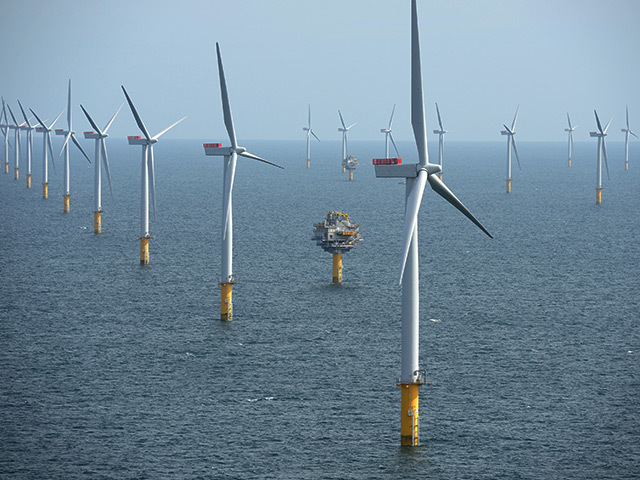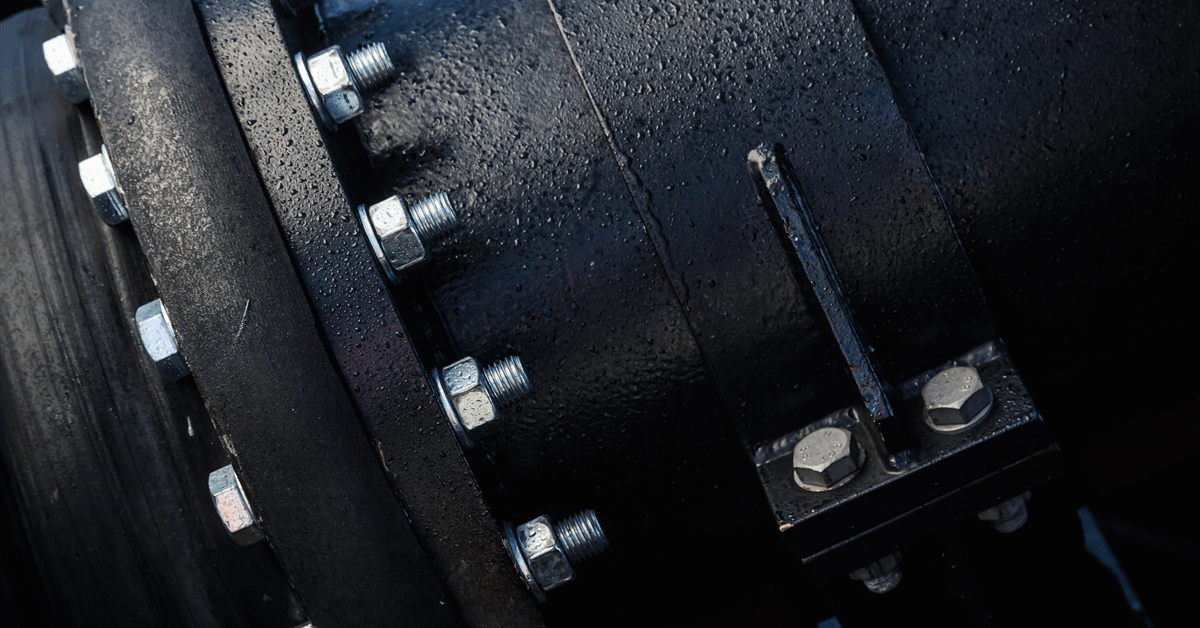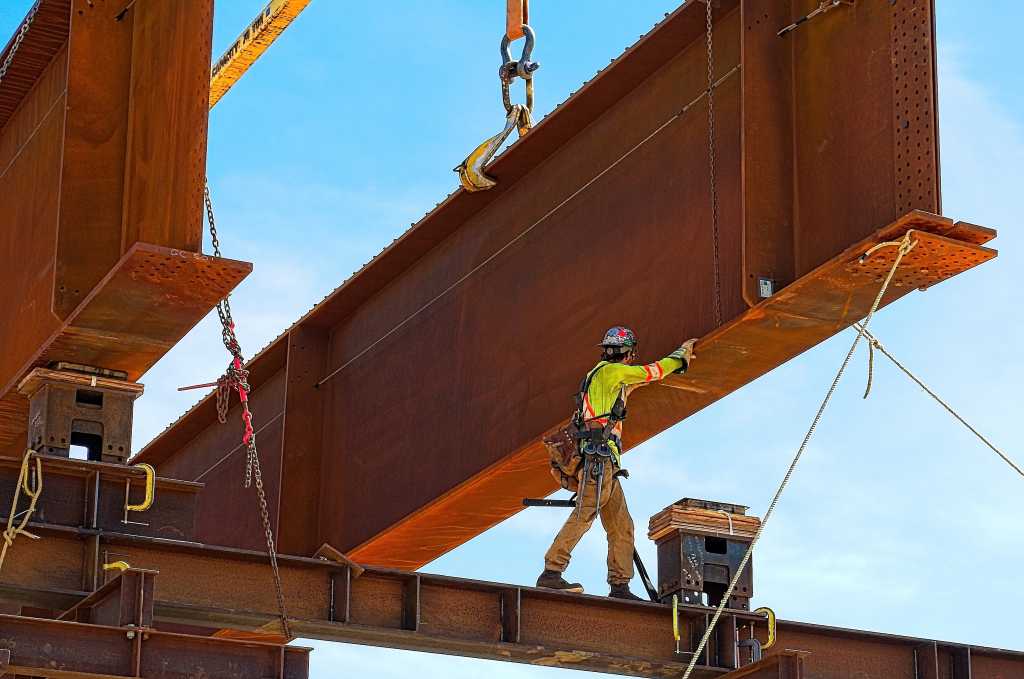The Crown Estate (TCE) will proceed with an expansion programme to add 4.7 GW of offshore wind capacity across seven projects in England and Wales.
The TCE announcement comes just days after Danish developer Ørsted announced it would discontinue construction of its massive 2.4 GW Hornsea 4 project.
Ørsted’s decision has put pressure on the Labour government, which is relying on a massive expansion of offshore wind capacity to meet its clean power by 2030 target.
TCE said amending the existing seabed rights across the fixed-bottom offshore wind projects could generate enough energy to power four million homes.
All seven projects have existing grid connections and infrastructure, which will enable “swift deployment”, TCE added.
The projects include five developments in English waters in the North Sea and one off the coast of northern Wales in the East Irish Sea.
TCE managing director Gus Jaspert said delivering the capacity increase programme will help to “further decrease the UK’s reliance on fossil fuels”.
“Our purpose is to create lasting and shared prosperity for the nation,” Jaspert said.

“Offshore wind enables us to do that as a driver of economic growth through jobs creation and supply chain development.”
TCE said it undertook an extensive assessment of potential environmental impacts to marine habitats and species, and recommended the programme should proceed “on the basis of a derogation”.
Energy secretary Ed Miliband agreed to this recommendation, TCE said, with compensation measures set to address any adverse environmental impacts.
“Balancing the needs of energy and nature is an important responsibility we carefully consider, and we’re confident in the environmental compensation measures which will accompany the delivery of the programme,” Jaspert said.
Offshore wind capacity increase
German firm RWE will be among the main benefactors of the capacity increase, which is spread across six projects in English waters and one off the coast of north Wales.
RWE will see capacity increases to its Awel y Môr project in Wales as well as its North Falls, Five Estuaries and Rampion 2 projects.
RWE holds varying stakes in each of the four projects alongside firms including Stadtwerke München, SSE Renewables, Sumitomo and Macquarie.
SSE will also benefit from expansions to its Dogger Bank D project, which it is developing alongside Norwegian firm Equinor.
Equinor will also see a boost to its Dudgeon and Sheringham Shoal extension projects.
Equinor currently owns 100% of the Sheringham Shoal project and holds a 35% stake in Dudgeon alongside Emirati state-owned firm Masdar (35%) and China Resources Power (30%).
Offshore wind sector welcomes boost
The UK’s offshore wind sector welcomed the capacity increase across the seven projects.
RenewableUK offshore wind environment and consents co-programme manager Kat Route-Stephens said the decision was a “great step forwards” to achieving the UK government’s clean power by 2030 goal.
“This decision was only possible after a long and detailed assessment of the effects this increase could have on marine wildlife and ensuring suitable measures can be put in place by the offshore wind industry to address these impacts,” she said.
“We work closely with the government, The Crown Estate and nature conservation bodies to safeguard our precious marine biodiversity while strengthening the UK’s energy security”.




















